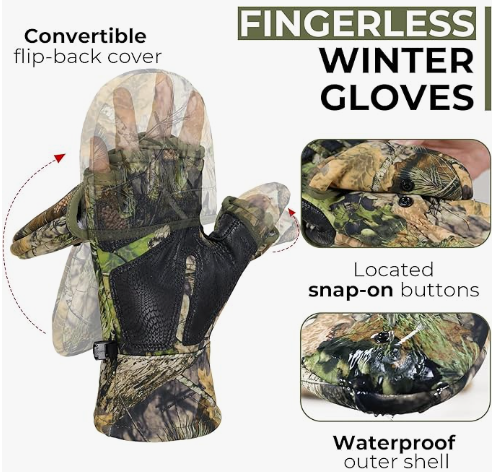When purchasing fitness gloves in bulk, ensuring they meet safety standards is essential to guarantee quality and user protection. Key safety standards for fitness gloves include EN 420, EN 388, and ISO 21420, which specify requirements for glove design, durability, and safety. Adhering to these standards not only protects users but also reflects a commitment to quality and compliance.

Key Safety Standards for Fitness Gloves
1. EN 420: General Requirements for Protective Gloves
EN 420 sets basic requirements for glove design and construction, including sizing, fit, and dexterity. It ensures that gloves are comfortable and safe for extended use, which is essential for fitness activities.
2. EN 388: Protection Against Mechanical Risks
This standard covers gloves that protect against mechanical hazards, such as abrasions, cuts, tears, and punctures. EN 388 compliance is beneficial for fitness gloves, as it ensures they can withstand wear and tear during intense workouts.
3. ISO 21420:2020 – General Requirements and Test Methods for Gloves
ISO 21420 outlines requirements for glove design, material innocuousness, and safety testing. It also includes guidelines for glove sizing, ensuring the gloves are safe and comfortable for all users.
Why Compliance with Safety Standards Matters
- Ensuring User Safety: Compliance guarantees that gloves provide adequate protection during various fitness activities, reducing the risk of injuries.
- Quality Assurance: Adherence to safety standards shows a commitment to high-quality production, which is crucial for customer trust.
- Legal and Regulatory Compliance: Meeting safety standards ensures that gloves are compliant with regional regulations, reducing potential liability issues.
How to Evaluate Fitness Gloves for Compliance
Certification Marks
Look for certification marks, like the CE marking, which indicates that the gloves meet European safety standards. This serves as a quick validation of the gloves’ compliance.
Supplier Documentation
Request documentation, such as test reports or compliance certificates, from your supplier to confirm that the gloves meet all necessary safety standards.
Third-Party Testing
Consider third-party testing for extra assurance. This independent verification ensures that the gloves meet or exceed required safety standards.
Additional Considerations for Bulk Orders
Batch Consistency
Ensure that all gloves in your bulk order meet the same safety and quality standards. Consistency in quality is key when purchasing large quantities.
Customizations
If you’re adding custom logos or designs, verify that these changes do not compromise the gloves’ compliance with safety standards.
Supplier Reputation
Select suppliers with a proven track record of meeting safety standards. Reliable suppliers are more likely to produce gloves that consistently meet quality and safety requirements.
Conclusion
Understanding and ensuring compliance with safety standards for fitness gloves is essential in bulk purchases. Standards like EN 420, EN 388, and ISO 21420 protect users and ensure consistent quality across large orders. By selecting certified products and reputable suppliers, you can provide safe, high-quality fitness gloves to your customers.








